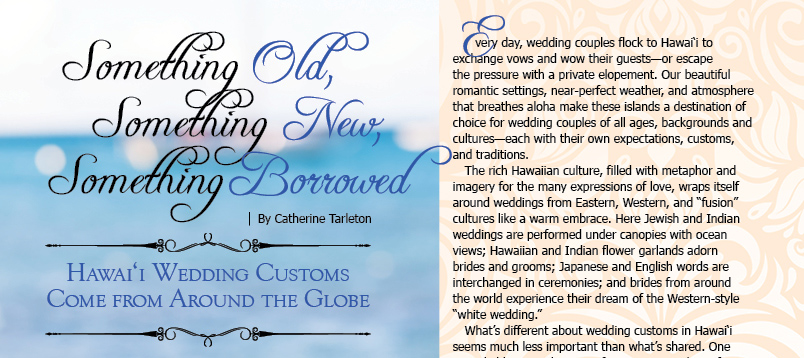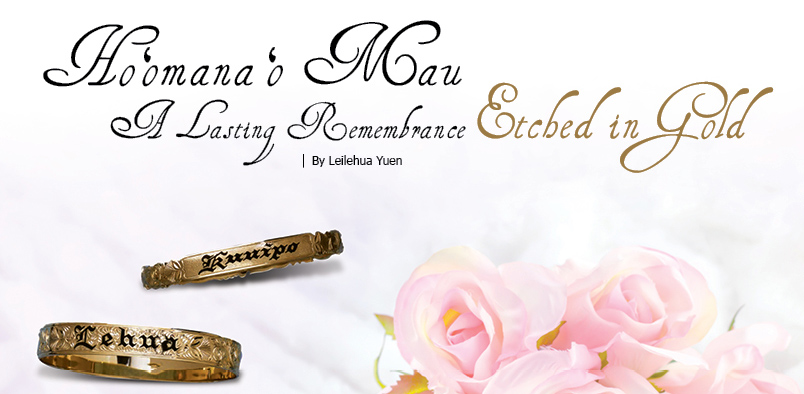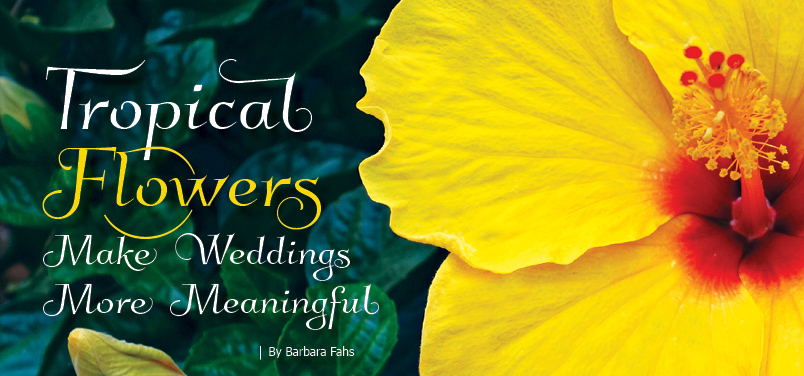
White Lace and Promises: A history of the classic American wedding gown
 A good Regency novel is historically accurate down to the smallest detail. One of the details I look at is the wedding. If the bride wears white, I question all of the other details. What many think of as the immutable traditional wedding of the English-speaking world, did not actually happen until the mid-1800s.
A good Regency novel is historically accurate down to the smallest detail. One of the details I look at is the wedding. If the bride wears white, I question all of the other details. What many think of as the immutable traditional wedding of the English-speaking world, did not actually happen until the mid-1800s.
Until February 10, 1840, when England’s Queen Victoria wore white for her wedding, among the upper classes, relatively bright celebratory colors, excepting black, green, purple, and pink, were the choice for the blushing bride of the British Isles. White had occasionally been worn. Black was worn for funerals and deep mourning, and so not suitable for weddings. Darker shades of green and purple were worn for “half mourning,” therefore still not appropriate. Pink was a color favored by cortesans, so that was not acceptable for a presumably chaste and innocent bride. Unless a bride’s family was very wealthy, there really was no wedding gown, she simply wore her best dress in a suitable shade. A widow who was remarrying would wear a shade of lavender or purple.
To have one gown which was used for only one event was quite an extravagance. Those who could afford a gown made specifically for her wedding, would continue to wear it for various occasions, changing out the trims and altering it as necessary to keep up with fashion and hide aging and wear. A pale gown might be dyed darker colors as time went on and stains accumulated.
Despite the statements of later writers, Queen Victoria’s choice of fabric and trim were calculated to support Britian’s economy and encourage thrift, not to play up her virginity. For her time and status, her white satin silk gown was a modest affair. Undyed, the fabric was not nearly as expensive as, say, a brilliant red which would have represented the lives of millions of female cochineal bugs dried, crushed, and imported from Peru.
The gown was trimmed out in Honiton lace, handmade in Honiton, Devon. The industrial revolution was undermining the economy of small communities which had made their living from the manufacture of quality handcrafted goods. Poor quality imitation Honiton lace was being spewed out by the new machinery. Victoria determined that she would take the lead in supporting British handcrafting. It worked so well that soon the lace makers on Honiton could not keep up with demand, and so simplified designs were crafted for the mass market.
Victoria was a beloved ruler, and though at the time society thought her choice of gown quite outré, very quickly anyone who was anyone, followed her lead.
Victoria showed economy when she repurposed the lace from her dress again and again, even resurrecting it for her Diamond Jubilee 56 years later.
The Hawaiian royals were close friends of the monarchs of the British royal family, and among the upper classes, fashion tended to follow British and Parisian tastes. When Emma Na‘ea Rooke married Alexander Liholiho (King Kamehameha IV) on June 19, 1856, her elegant choice was of lustrous heavy white silk, trimmed with three richly embroidered flounces. Her veil of Brussel’s point lace was affixed to her hair by a garland of roses and orange blossoms, and her jewelry was a set of diamonds.
Of course, once popularized, the intent was quickly lost. Possibly enticed by advertising income, lady’s publications of the day quickly touted the fashion necessity of a white bridal gown and all of its accompanying—and expensive—accessories, and a whole industry based on wedding attire was created. In England, tastes remained somewhat more restrained, but in America, the wedding became every girl’s one chance to be a princess for the day, and wedding gowns grew into white satin and lace confections rivaling the fluffiest of bonbons.
Godey’s Lady’s Book, edited by Sarah J. Hale, was THE fashion go-to guide, rather the Vogue of its day, and when Sarah J. Hale made a fashion declaration, all others followed suit. Mrs. Hale was a great admirer of Queen Victoria as an example of ideal femininity, decorum, intelligence, style, and strength of purpose. Basing her advice regarding nuptial attire on the monarch’s gown, in 1850 Godey’s printed, “Custom has decided, from the earliest ages, that white is the most fitting hue, whatever may be the material. It is an emblem of the purity and innocence of girlhood, and the unsullied heart she now yields to the chosen one.” Thus was a new “ancient tradition” born.
Other publications reinforced the idea. In 1865, The Etiquette of Courtship and Matrimony claimed, “A Bride’s costume should be white, or some hue as close as possible to it. Fawn color, gray and lavender are entirely out of fashion.” John Cordy Jeaffreson’s, Brides and Bridals, published in 1872, stated, “the girl who arranges to be married in any color but white takes a sure means of making her bridal doings talked about as savouring of eccentricity.”
Quite a change from an 1850 rebuttal to Godey’s, “Of what use is the costly white silk bridal dress, which in all human probability will never in its original state be worn again? It will, of course, be laid up carefully, and looked at occasionally with tender sentimental interest; but by-and-by, in a year or two, it will seem old-fashioned, and most probably be picked to pieces and dyed some serviceable color.”
Shades of white, cut in the fashion of the moment, have been the standard for wedding gowns for more than 100 years. From corseted Victorian women to unstructured flappers to cowgirls to daisy-bedecked hippie brides, for more than a century white was the only color for first time nuptials.
For those who felt “love is lovlier the second time around,” pale lavender, representing leaving mourning behind, has been the color for a remarrying widow, and the divorcée was relegated to staid suits in somber colors.
The last decades of the 20th Century saw a number of brides making the wedding a personal statement through the use of color and design. “Inter-racial” marriages, finally legal in all states in 1967, saw publicly acknowledged weddings of people with different cultural traditions. Brides and grooms began to incorporate themes important to their own lives into their weddings. Changing attitudes toward premarital sex changed attitudes toward proclaiming the virginity of the bride with pure white garments.
Today, in the 21st Century, weddings and the associated garments are as unique as the couple being married. There are no restrictions on color, cut, or theme. Some brides even dress in black. Sometimes the gown is selected with an eye toward wearing it later, at other times arrangements are made to have it professionally preserved. Whatever the choice, it should be one that will help to provide a beautiful memory for the bride and groom on the first day of the rest of their lives. ❖
Contact writer Leilehua Yuen
Bibliography
Griffin, Susan; The Book of the Courtesans–A Catalogue of their Virtues; Broadway Books
Phegley, Jennifer; Courtship and Marriage in Victorian England; ABC-CLIO
Accessible Archives; Godey’s Ladies Book
England: The Other Within
Royal Wedding Headquarters


